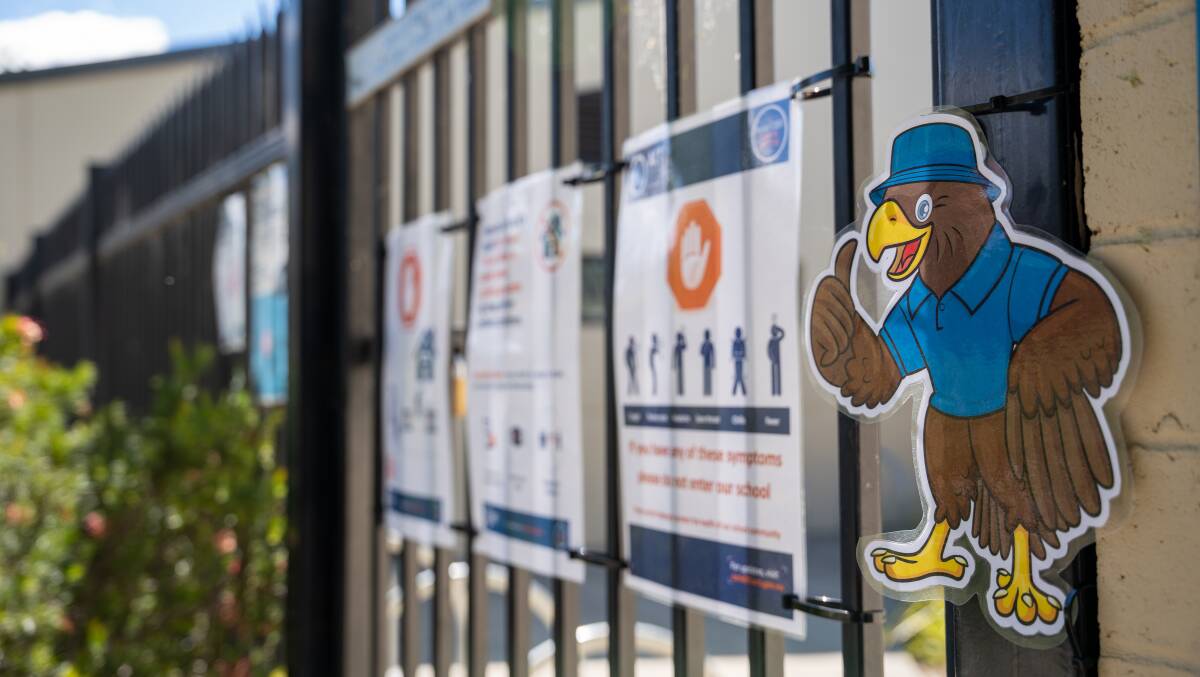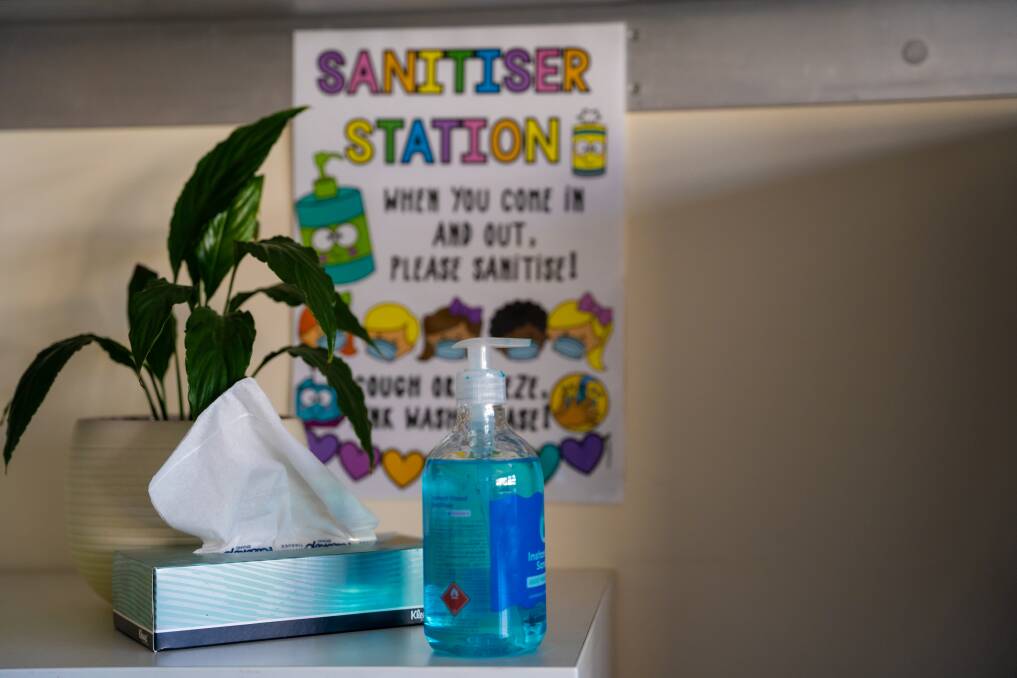
Students will be returning to the classroom in Canberra in Term 1 under the ACT government's health guidelines.
New students begin on January 31 and all students will return from February 1 at most ACT schools.
Here's what you need to know about the plan to keep students and teachers safe amid the Omicron outbreak.
How will rapid antigen testing work?
The ACT government is planning to send enough rapid antigen tests for school teachers, students from preschool to year 12 and early childhood educators to test themselves twice per week for the first four weeks of school.
However, the surveillance testing scheme will not be compulsory and not all RATs may be delivered for the first day of term. The ACT government is hoping that the deliveries will be made by the end of week 1.
If a student or teacher tests positive, either through a rapid antigen or PCR test, they are required to notify ACT Health and their school. You do not need to register a negative test.
Public, Catholic and independent schools will get rapid antigen test kits from the government. More information on deliver will be sent to schools in coming days.
What happens if there is an outbreak?
If someone comes to school with symptoms, they will be isolated in a suitable space until they can be collected by a parent or carer as soon as possible.
If a positive case of COVID-19 attends a school, the people they came in contact with while infectious will be able to continue coming to school as long as they don't have symptoms.
The school will be responsible for identifying the dates and locations where the infectious person attended the school. They will send a letter to the cohorts who were affected to advise them to monitor closely for any symptoms and urge them to stay home if unwell.
People only need to take a COVID-19 test if they develop symptoms.
Who will have to wear masks?
Masks will still be mandatory for staff, visitors and students from years 7 to 12 in indoor areas or at early education and care sites except when eating and drinking. Masks will be recommended for years years 3 to 6.
Masks can also be removed when seated where physical distancing of 1.5 metres between each person can be achieved. Masks must be put back on when speaking or moving around.
Surgical masks will be available for students and staff in public schools but people can bring their own cloth masks.
Disposable masks should be changed during lunch breaks or every 4 hours and reusable masks should be washed at the end of each day.
What will happen with extra-curricular activities?
Choirs and bands that have students from across different year levels will not be allowed from the beginning of term.
Singing and playing wind instruments will be allowed as long as physical distancing occurs.
Concerts and assemblies where large groups are gathering will not be allowed at the start of term.
Only excursion that are required by the curriculum will be allowed this term. No interstate excursions will be allowed.
How will campuses be made safe?
Cohorts will remain separate as much as possible in schools, with different pick up and drop off arrangements.
Visitors will not be allowed on site. Two parents will be allowed on campus to help kindergarten children settle in on their first day of school.
Staff, visitors and students aged 16 years and over need to use the Check in CBR app when they arrive on site.
Ventilation improvements have been made in some schools over the holidays. The ACT public schools have not purchased air purifiers but will be relying on natural ventilation and programming HVAC systems to improve airflow.

What about early childhood settings?
Early learning education and care settings will need to do a risk assessment if a positive case attends the centre.
Some people may be considered to be at moderate or high risk of exposure, considering limited social distancing and the fact that children under five are unvaccinated.
Staff or children who are considered to have a high-risk exposures must quarantine for seven days from the last date of exposure. They can return to the centre after they have completed quarantine and tested negative on day six, either via PCR or RAT.
What if staff get sick?
With an existing shortage of casual teaching staff, the Education Directorate will be considering all options when teachers are sick or isolating because of COVID-19.
Casual relief staff will be called in but some classes could be combined. Some non-essential activities could be cancelled to reallocate staff to classes. Staff from the Education Directorate may be called in to supervise classes.
However, remote learning for a short time could be an option if there is a critical shortage of teachers this term.
Will there be remote learning?
Teachers will be focused on delivering face-to-face classes in Term 1. If students can't attend school, there will be online resources for them to access at home.
Schools may be forced to switch to remote learning if there is a shortage of staff or an outbreak in a specific cohort.
However, teachers will not be teaching face-to-face and online at the same time.







